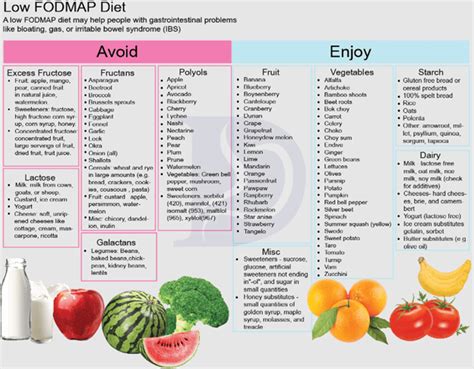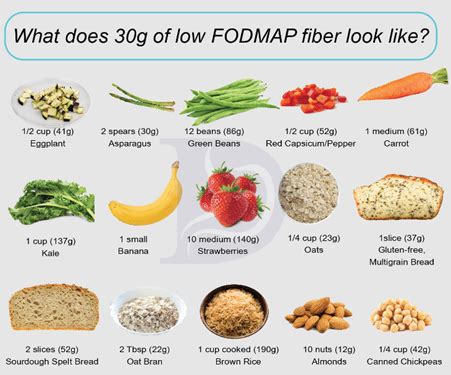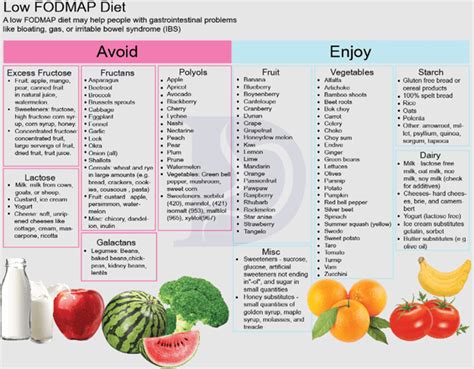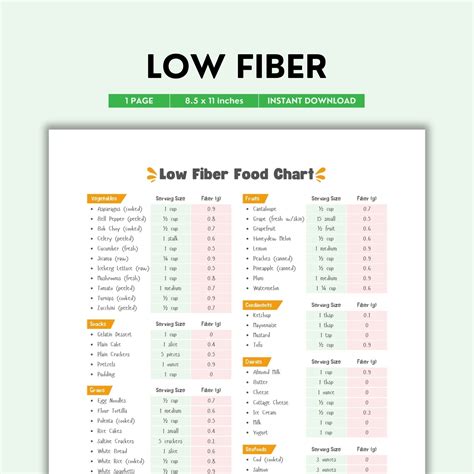Intro
Discover 7 low fiber foods, including low-fiber fruits, veggies, and grains, ideal for digestive issues, with options like white bread, bananas, and cooked veggies, for a balanced low-fiber diet.
The importance of dietary fiber in maintaining a healthy digestive system and overall well-being cannot be overstated. However, there are situations where individuals may need to limit their fiber intake, such as during certain medical procedures or when experiencing gastrointestinal issues. Understanding which foods are low in fiber is crucial for managing these situations effectively. In this article, we will delve into the world of low fiber foods, exploring their benefits, examples, and how they can be incorporated into a balanced diet.
For individuals who require a low fiber diet, it's essential to know which foods to choose and which to avoid. A low fiber diet is often recommended for people who have undergone bowel surgery, are experiencing gastrointestinal disorders like irritable bowel syndrome (IBS), or have other conditions that may be exacerbated by high fiber intake. By understanding the fiber content of various foods, individuals can make informed decisions about their diet and manage their health more effectively.
The concept of a low fiber diet might seem restrictive, but there are plenty of delicious and nutritious foods that are naturally low in fiber. From meats and poultry to certain fruits and vegetables, the options are diverse. Moreover, with a little creativity, it's possible to prepare meals that are not only low in fiber but also flavorful and satisfying. Whether you're looking to manage a health condition or simply want to understand more about fiber in your diet, this article will provide you with the information you need to make the best choices for your health.
Introduction to Low Fiber Foods

Low fiber foods are those that contain less than 2 grams of fiber per serving. These foods can be beneficial for individuals who need to limit their fiber intake due to medical reasons. It's important to note that while a low fiber diet may be necessary for some, it's generally recommended to consume a diet high in fiber for overall health and wellness. High fiber foods help promote regular bowel movements, support healthy blood sugar levels, and even aid in weight management.
Benefits of Low Fiber Diets

There are several benefits to following a low fiber diet when medically necessary. These include:
- Reduced symptoms of irritable bowel syndrome (IBS) and other gastrointestinal disorders
- Easier management of bowel movements after surgery
- Potential reduction in inflammation in the digestive tract
- Temporary relief from digestive discomfort for individuals with sensitive stomachs
Examples of Low Fiber Foods

Fortunately, there are many low fiber foods across various food groups that can help individuals meet their dietary needs. Here are some examples:
- Meats and Poultry: Chicken, beef, pork, lamb, and fish are all naturally low in fiber.
- Dairy Products: Milk, cheese, yogurt, and eggs are low in fiber and can be great sources of protein and calcium.
- Fruits: While many fruits are high in fiber, options like bananas, avocados (in moderation), and certain types of berries are relatively lower in fiber.
- Vegetables: Vegetables like cucumbers, bell peppers, and carrots are lower in fiber compared to leafy greens and cruciferous vegetables.
- Grains: Refined grains like white bread, white rice, and certain types of pasta are low in fiber, although whole grains are generally preferred for their nutritional value.
Preparing Low Fiber Meals

Preparing meals that are low in fiber doesn't have to be complicated. Here are some tips:
- Choose meats, poultry, and fish as main courses.
- Select low fiber fruits and vegetables for snacks and side dishes.
- Incorporate dairy products for added nutrition.
- Opt for refined grains over whole grains when necessary.
Nutritional Considerations

While following a low fiber diet, it's crucial to ensure that you're getting enough nutrients from other sources. This might involve taking supplements or consuming foods that are fortified with essential vitamins and minerals. Always consult with a healthcare provider or a dietitian to plan a diet that meets your nutritional needs while adhering to any necessary fiber restrictions.
Managing a Low Fiber Diet Long-Term

For individuals who need to follow a low fiber diet long-term, managing the diet can become a way of life. This involves:
- Regularly consulting with healthcare providers to assess the need for continued low fiber intake.
- Exploring a variety of low fiber recipes to maintain interest in meals.
- Ensuring adequate nutrition through careful meal planning and potential supplementation.
Conclusion and Future Directions

In conclusion, while a high fiber diet is generally recommended for overall health, there are situations where a low fiber diet is necessary. By understanding which foods are low in fiber and how to incorporate them into a balanced diet, individuals can better manage their health and navigate the challenges of dietary restrictions. As research continues to uncover the complexities of dietary fiber and its effects on the body, it's essential to stay informed and adapt dietary choices accordingly.
We invite you to share your experiences with low fiber diets, ask questions, or seek advice in the comments below. Your insights can help others who are navigating similar dietary challenges. Additionally, feel free to share this article with anyone who might benefit from understanding more about low fiber foods and their role in a balanced diet.
What are the primary reasons for following a low fiber diet?
+A low fiber diet is often recommended for individuals who have undergone bowel surgery, experience gastrointestinal disorders like IBS, or have other conditions that may be exacerbated by high fiber intake.
Are all fruits high in fiber?
+No, not all fruits are high in fiber. While many fruits are good sources of fiber, options like bananas and certain types of berries are relatively lower in fiber.
How can I ensure I'm getting enough nutrients on a low fiber diet?
+It's crucial to consult with a healthcare provider or dietitian to plan a diet that meets your nutritional needs. This might involve taking supplements or consuming foods fortified with essential vitamins and minerals.
